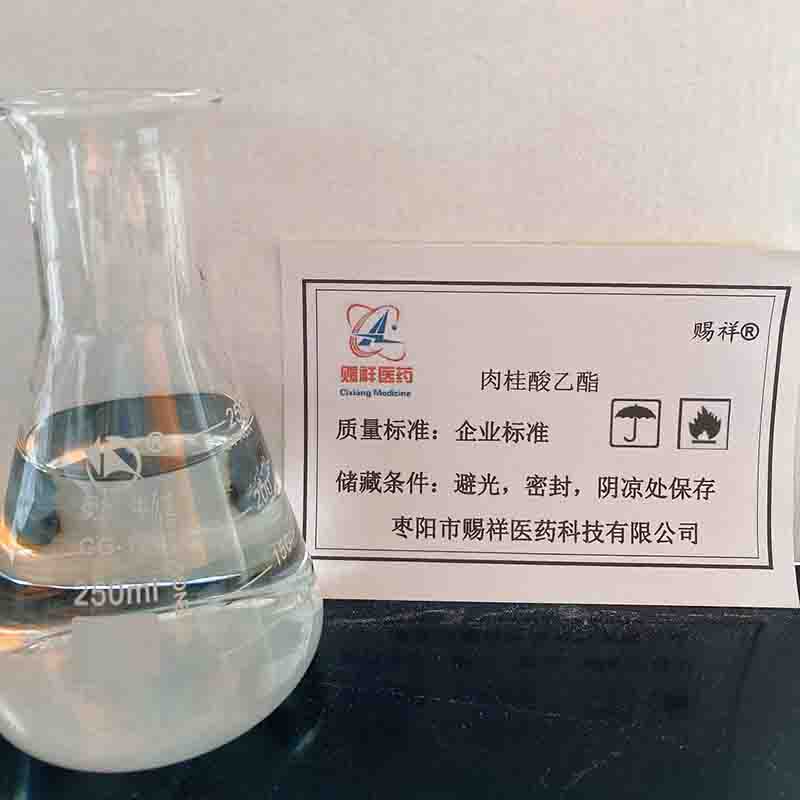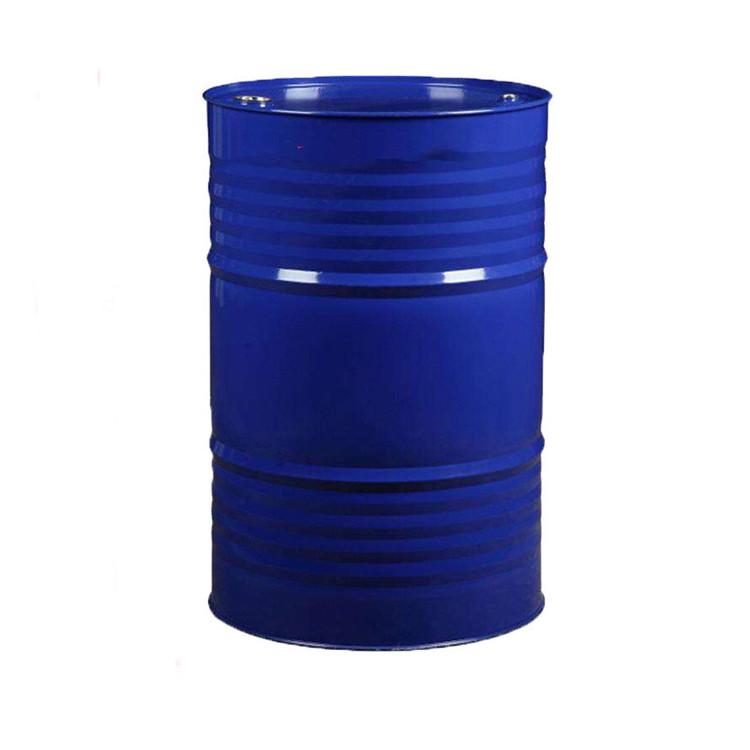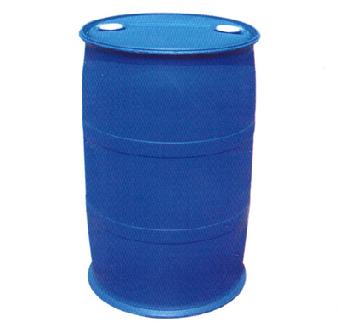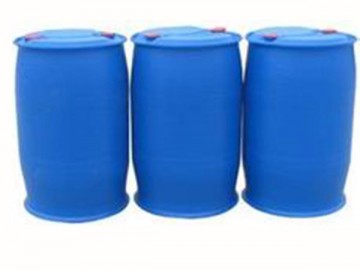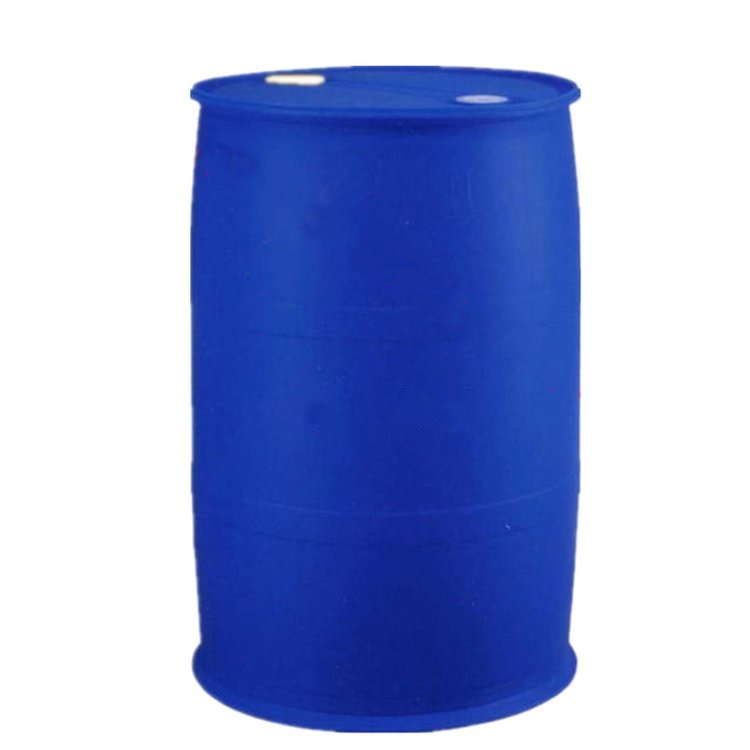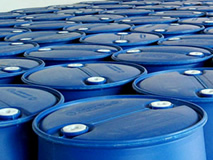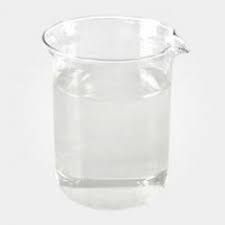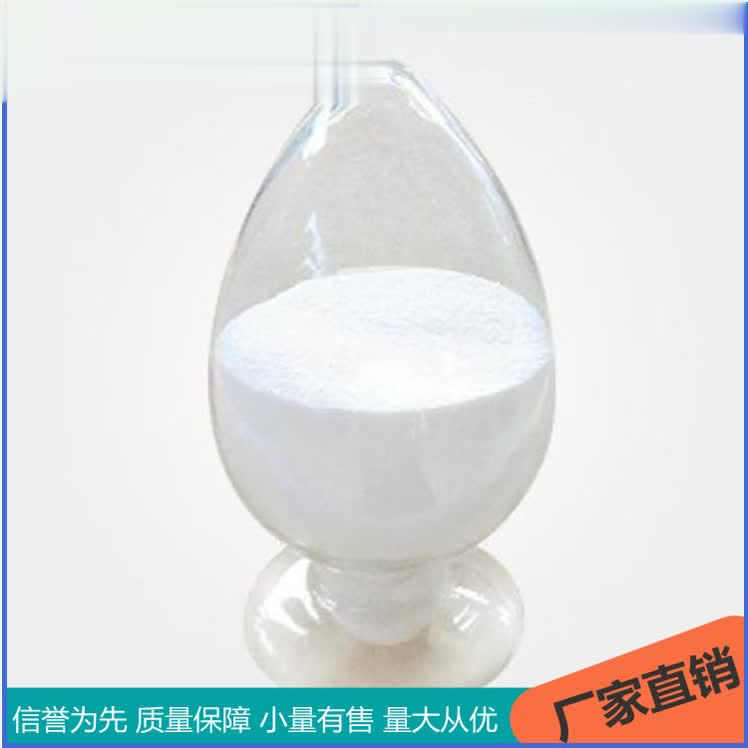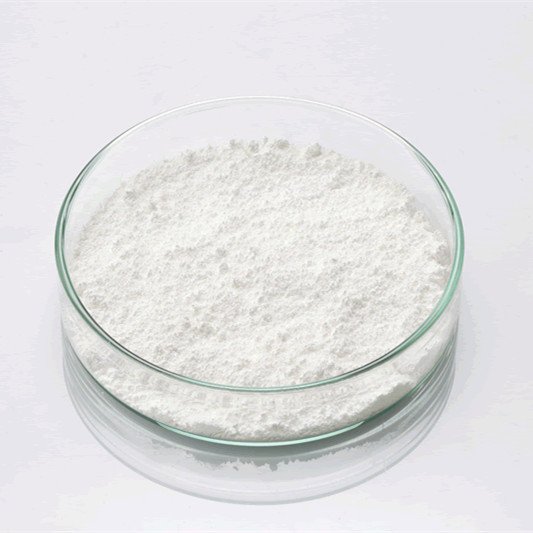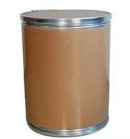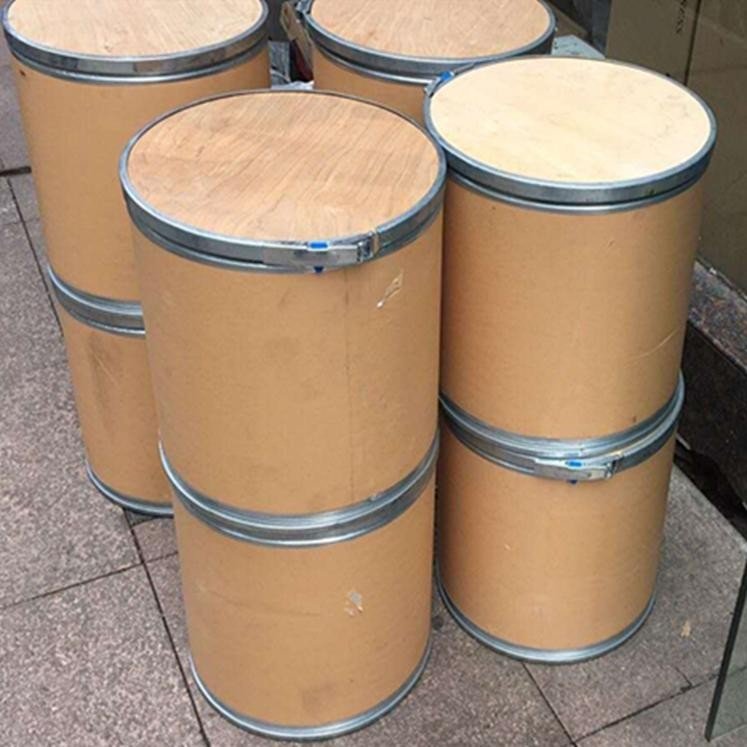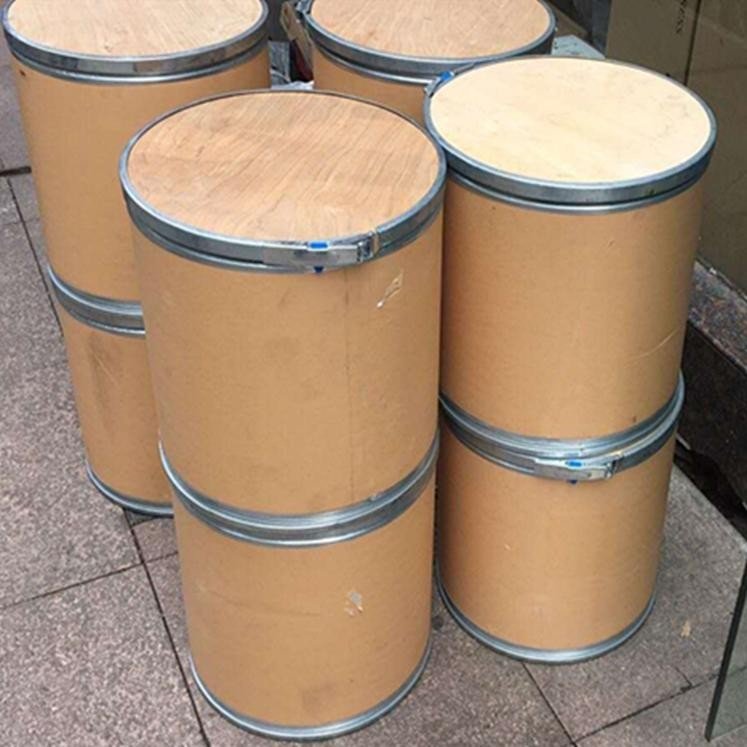Feed Additive
Additives For Food Packaging
Colorant
Stabilizer and Coagulator
Water Retention Agent
Feed Deworming Health Agents
Anti Corrosion and Preservation
Color Fixative
Flour Treatment Agent
Defoamer
Coating Agent
Feed Vitamins
Emulsifier
Other Food Additives
Nutritional Fortifier
Thickening Agent
Feed Quality Enhancer
Antioxidants
Chewing Gum Bases
Bulking Agent
Feed Amino Acids and Small Peptides
Flavor Enhancer
Sweeteners
Additives For Feed Preservation
Other Feed Additives
Food Additive
Bleaching Agents
Anticaking Agent
Food Flavors and Fragrances
Enzyme Preparation
Feed Trace Elements
Acidity Regulators
Feed Growth Promoters
Feed Conditioner
CAS:103-36-6
Molecular Formula:C11H12O2
Alias
More Information
Cinnamic Acid Ethyl Ester; 3-Phenylacrylic Acid Ethyl Ester; Ethyl 3-Phenyl-2-Propenoate; Ethyl 3-Phenylacrylate
Brief Introduction
This product is an important flavor and flavor intermediate, and also used as an intermediate for medicine and food additives. It can be used as flavoring agent and modifier for essence.
Suppliers
View More Vendors (3) >
CAS:109-52-4
Molecular Formula:C5H10O2
Alias
More Information
Pentanoic acid; Valerenic Acid; Velaric Acid; Valerian Root Extract; N-Pentanoic Acid; Valerianic Acid; Propylacetic Acid; 1-Butanecarboxylic Acid; Butanecarboxylic Acid; N-Valeric Acid
Brief Introduction
[plant source] rhizome and root of Valeriana officinalis L.Valeric acid is a straight-chain saturated fatty acid containing five carbon atoms. It has a role as a plant metabolite. It is a short-chain fatty acid and a straight-chain saturated fatty acid. It is a conjugate acid of a valerate.
Suppliers
View More Vendors (3) >
CAS:109-94-4
Molecular Formula:C3H6O2
Alias
More Information
Ethyl Formate For Pharma Synthesis; Formic Acid Ethyl Ester; Ethyl Formate, Reagent; Ethyl Formate,Acroseal,Extra Dry; Ethyl Formic Ester; Ethyl Formate/Formic Acid Ethyl Ester; Formic Acid, Ethyl Ester; Ethyl Ortho-Formate; Aethylformiat; Ethylformate; Ethyl Formate Baker Analyzed Reagent-500 Ml; Areginal; Ethyl Methanoate; Ethylformiaat; Ethyl Formate, , Pure; Ethyl Formiate; Formic Ether; Fema 2434; Ethyl Ester Of Formic Acid
Brief Introduction
Ethyl formate is a formate ester resulting from the formal condensation of formic acid with ethanol. It has a role as a fumigant and a plant metabolite. It is a formate ester and an ethyl ester.
Suppliers
View More Vendors (3) >
CAS:113-24-6
Molecular Formula:C3H3NaO3
Alias
More Information
Pyruvate; Sodium Pyroracemate; Pyruvic Acid Sodium; 2-Oxopropanoic Acid Sodium Salt; Propanoic Acid, 2-Oxo-, Sodium Salt; Pyruvic Acid Sodium Salt; Pyruvic Acid,Sodium Salt; Sodium 2-Oxopropanoate; Sodium Salt Of Pyruvic Acid; Biochemica; P.A.; Pyr Na; Sodium Pyruate; Sodium Pyrovacemate; 2-Ketopropionic Acid Sodium Salt; Pyruvic Acid, Sodium Salt; Sodium Pyruvate Ih; Sodium Alpha-Ketopropionate; Sodium-2-Ketopropionate; Biochemical
Brief Introduction
Sodium pyruvate is a kind of chemical substance that naturally exists in human body and participates in the metabolism of various tissues and organs. It is often used as the medium of cell culture as a source of energy. Sodium pyruvate is widely used as buffer, excipient and antioxidant in medical diagnosis and medical devices. In addition, sodium pyruvate can also protect cells from hydrogen peroxide damage, which has been confirmed by many other teams. Sodium pyruvate is also a good diet supplement for fitness and weight loss, which is widely used in food and feed.
Suppliers
View More Vendors (3) >
CAS:147-71-7
Molecular Formula:C4H6O6
Alias
More Information
D-(-)-Tartaric Acid; (2S,3S)-(-)-Tartaric Acid; Butanedioic Acid, 2,3-Dihydroxy-, [S-(R*,R*)]-; (2S,3S)-2,3-Dihydroxysuccinic Acid; D-Tartaric; Tartaricacidd-Minus; Tartarieacid; (S,S)-Tartaric Acid; Tartaric Acid; Tartaric Acid [Dextro (+)]; Tartaric Acid Unnatural
Brief Introduction
There are three stereoisomers of tartaric acid: tartaric acid, L-tartaric acid and racemic tartaric acid. Racemic tartaric acid is a mixture of the same amount of dextrosome and levosome whose optical activity counteracts each other. Racemates do not exist in nature and can be synthesized chemically. All kinds of tartaric acid are colorless crystals which are easily soluble in water. Tartaric acid is widely used as an Acidifier in beverages and other foods, similar to citric acid. Tartaric acid and tannin can be used as mordant of acid dyes, as well as in some developing and fixing operations in the photographic industry. Its iron salt is photosensitive, so it can be used to make blueprints. Tartaric acid can complex with many kinds of metal ions and can be used as cleaning agent and polishing agent for metal surface. Potassium and sodium tartrate (Rochelle salt) can be used as ferin reagent, medicine, laxative and diuretic, and intermediate of cinchofen. The crystal has piezoelectric properties and can be used in electronic industry. Therefore, this product is mainly used in beverage, candy, bread and gelatin as sour agent, biochemical reagent, racemic resolution agent and pharmaceutical resolution agent.
Suppliers
View More Vendors (3) >
Inquiry (
10
/ 10
)
Clear All
Sign In
Error!

